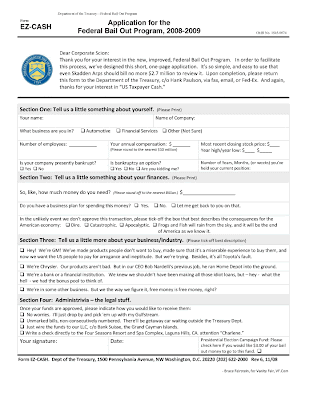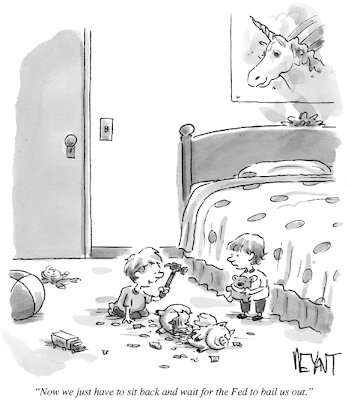During tough economic times, companies often rush to reduce prices on their products and services. That seems like common sense: People can’t afford to spend as much, so charge less to keep them buying. But discounting has its perils.
To be sure, discounting is effective when done wisely and strategically. It can get consumers excited about a product, encourage them to buy more, and help your short-term bottom line. However, whether the purchase is a hot dog, a handbag, or a stay at a five-star hotel, customers want good value for their hard-earned money. The price of something is often an important determinant of its perceived value, as Dan Ariely points out in Predictably Irrational. Often, the more consumers pay, the more value they ascribe to a purchase. If you discount prices purely to boost sales, buyers may begin to question that value.
Consider Abercrombie & Fitch, which lowered prices by roughly 15% during the 2000–2002 downturn. When the dust cleared, the company realized that it had sacrificed much of its brand’s cachet and lost significant market share. A&F; didn’t recover until 2004—and then only after returning to higher prices. In August 2008, having learned its lesson, the company announced that it was considering another price increase, despite a decline in second-quarter profits. The goal: to enhance what the CEO called the “iconic status” of the brand.
But discounting is so easy that some companies simply can’t resist. Starbucks, which posted its first-ever earnings loss in July, has begun to offer lower-priced options, such as a cup of coffee for $1, with free refills. This strategy may boost sales in the short term, but we suspect that, as with A&F;, it will hurt the Starbucks brand in the long term.
Discounting is not always a bad idea, though—there are safe ways to lower prices. Earlier this year, Chrysler discounted something that does not affect its core brand: gasoline. It guaranteed to purchasers of new cars a price of no more than $2.99 per gallon of gas for three years. The idea was to subsidize the fuel that a new car uses, not the car itself. It’s similar to what GM did in 2001 by discounting its financing rather than its cars. Obviously, the auto industry has more problems than brand deterioration. Nonetheless, this is smart marketing during a downturn: It couples the appeal of a discount with an implicit message about the value of the core product.
So if you’re eyeing a simple, traditional discount strategy during the present slowdown, first consider the potential for damage to your brand and then evaluate the brand insurance that a more nuanced approach may offer. If you inadvertently shatter your brand’s mystique, reestablishing the value proposition to consumers may be tougher than you expect.
Jeffrey M. Stibel and Peter Delgrosso in the latest Harvard Business Review.





